
Spam phone calls are here to stay, much to the disgust of consumers in all industries. From the downright threatening and dangerous calls to the simply annoying robot voices, it’s hard for companies with legitimate calls to connect with people who may truly want or need their services.
This task is further complicated by the fact that new regulations on the use of phone calls are rolling into place. The most recent regulation moving into effect is the STIR/SHAKEN set of regulations.
It’s important to note that these new regulations are a win for everyone. Under STIR/SHAKEN, companies will be able to leverage their analytics, create new trust with their leads, and join the fight against unwanted and unsolicited robocalls.
However, noncompliance, whether knowing or unknowing, can severely handicap companies. Let’s take a deep dive into the nuances of the STIR/SHAKEN regulations and how they help both you and your clients in a world of noise.
STIR/SHAKEN is an acronym for Secure Telephone Identity Revisited (STIR) and Signature-based Handling of Asserted Information Using toKENs (SHAKEN). These protocols are created and will be enforced by the Federal Communications Commission. (FCC)
In practical terms, STIR/SHAKEN requires a legitimate CallerID for each call that is both confirmed by the original carrier and validated by at least one other carrier.
Carriers who comply with these new regulations will be able to present trust indicators, such as “call confirmed” messages, to their leads. If carriers do not comply or illegally spoof CallerIDs, STIR/SHAKEN enables fast and efficient action against the calls in question.
What does this mean for the people and carriers that STIR/SHAKEN affects? Let’s start with who it impacts and then look more closely at how it actually works.
STIR/SHAKEN affects everyone in the United States of America. And this isn’t a bad thing! While it’s pretty clear what the advantages for the consumers will be (less spam, fewer calls, and less predatory action against vulnerable people), what’s in it for the companies?
It may seem at first glance that companies will only be handicapped by STIR/SHAKEN. New regulations typically mean a lot more work in the short term, especially when they take place on such a large scale. However, the real benefits are in the future.
For example, consider how many calls your leads do not answer because of past bad experiences. This skews your analytics in favor of people who simply will not answer calls from unverified numbers, which is not a helpful number.
Another advantage of the new regulations is that it builds better trust between your leads and your calls. Instead of struggling to reach wary or disinterested people, STIR/SHAKEN enables you to start from a position of trust.
While this will take time to build, these new regulations pave the way for much better analytics, leads, and ultimately, client relationships.
This is all very well, but how will STIR/SHAKEN work?
Under the STIR/SHAKEN regulations, there will be three levels of CallerID, labeled a, b, and c.
A-level calls are calls that are fully attested. The carrier knows exactly where the call originated from and may display information accordingly. This level only impacts outbound calls at this time.
B-level calls are calls that are partially attested, i.e. not spam calls, but not positively identified either. These calls may appear on people’s screens as “verified numbers” and should not be blocked as spam or potential spam.
Finally, C-level calls are calls that are unverified and include all spam calls that carriers can identify.
Under STIR/SHAKEN, all calls must be either A or B-level.

STIR/SHAKEN goes into effect for the United States on June 30, 2021. Many major third-party call services are already implementing changes that comply with the regulations. However, if your company doesn’t use a third-party, it’s up to you to make sure that you are in compliance. Make sure you are aware of your current practices and anything that you may need to change in order to provide legitimate CallerID for each outbound call you make.
As of right now, STIR/SHAKEN does not apply to text messaging. However, businesses should expect to see new text messaging regulations rolling out in the near future that are similar to STIR/SHAKEN.
New rules and regulations can definitely be intimidating, especially for small businesses. Even the best tools and third-party vendors can only do so much to meet the requirements as they are rolled out.
However, we hope that this has given you a firm foundation to move forward with crafting quality calls to your leads, customers, and beyond.
Here’s to crafting a spam-free world–together.
Looking to maximize the value of each call to your business? Contact Convirza to get a free 21-day trial of our innovative call tracking solutions or schedule a demo today.

Book A Quick 15 Minute Call,
And We’ll Show You How To Unlock The Power Of Every Conversation.
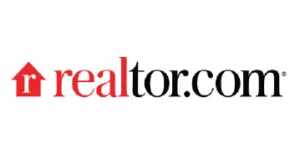
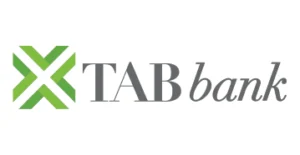
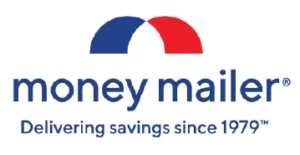
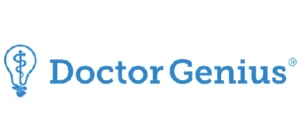
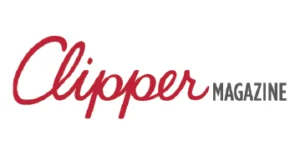
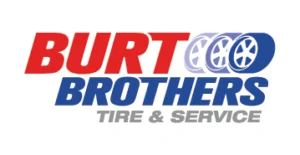
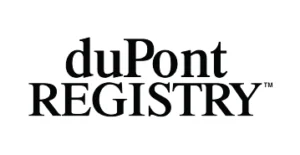
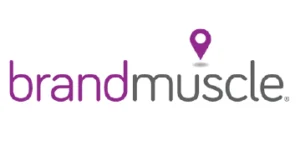
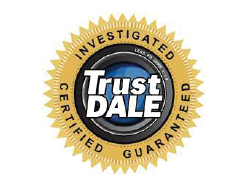
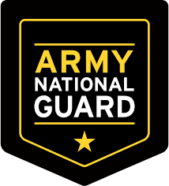

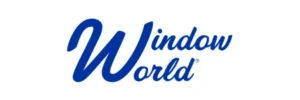
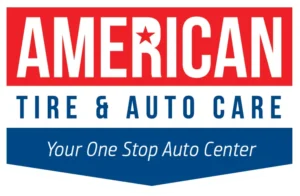
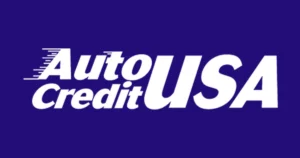
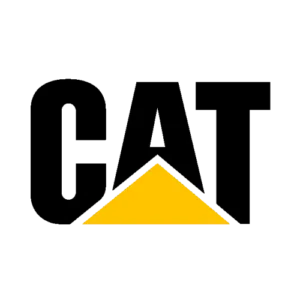


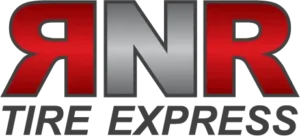

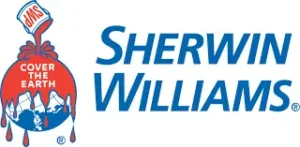
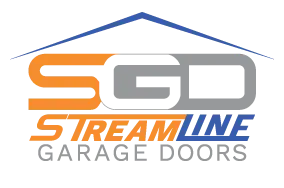
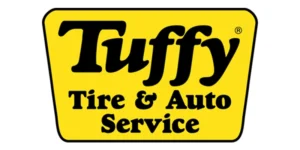

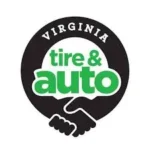




©2025 All rights reserved – Convirza